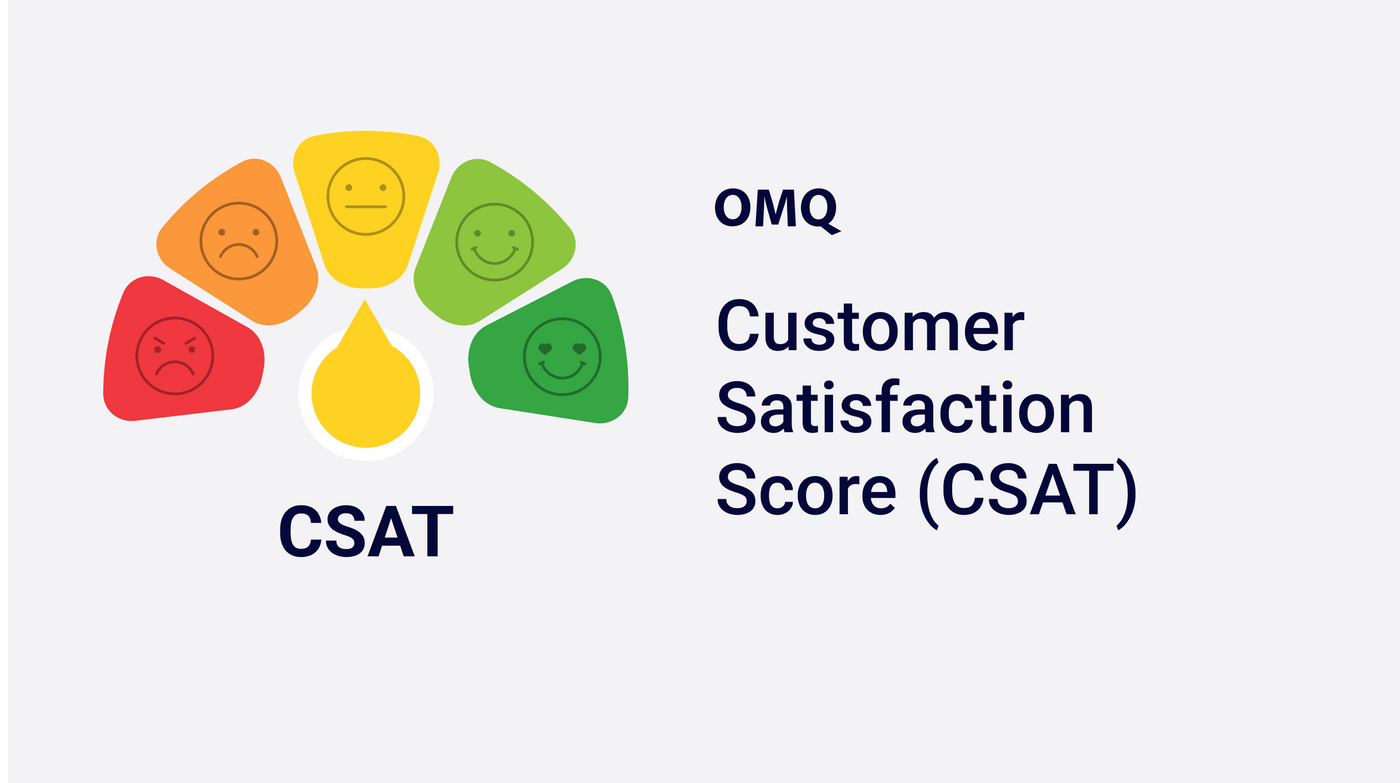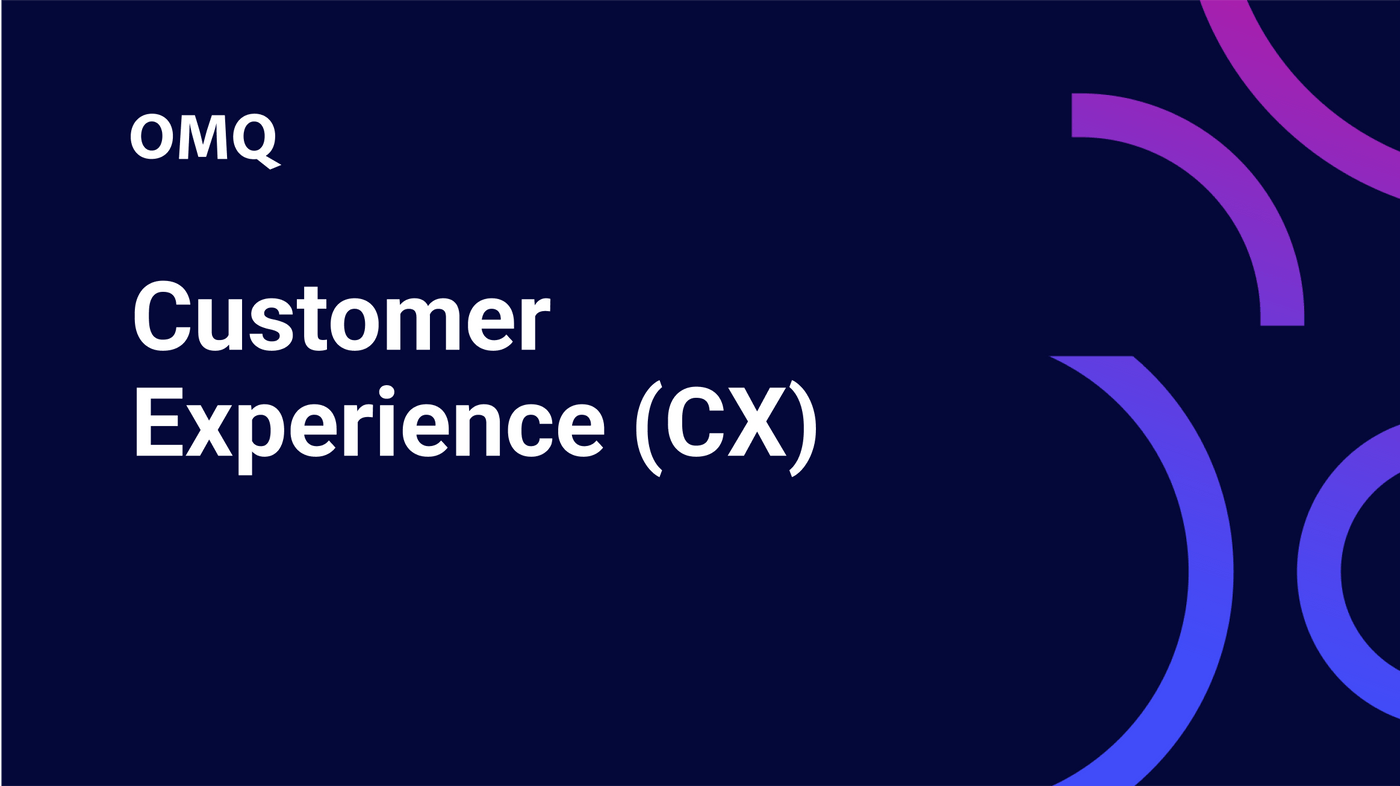Customer Service
Customer Lifetime Value (CLV): An Overview
Discover the importance of Customer Lifetime Value (CLV) in business growth and profitability. Learn how to calculate and increase CLV through personalized customer experiences, loyalty programs, and strategic planning.
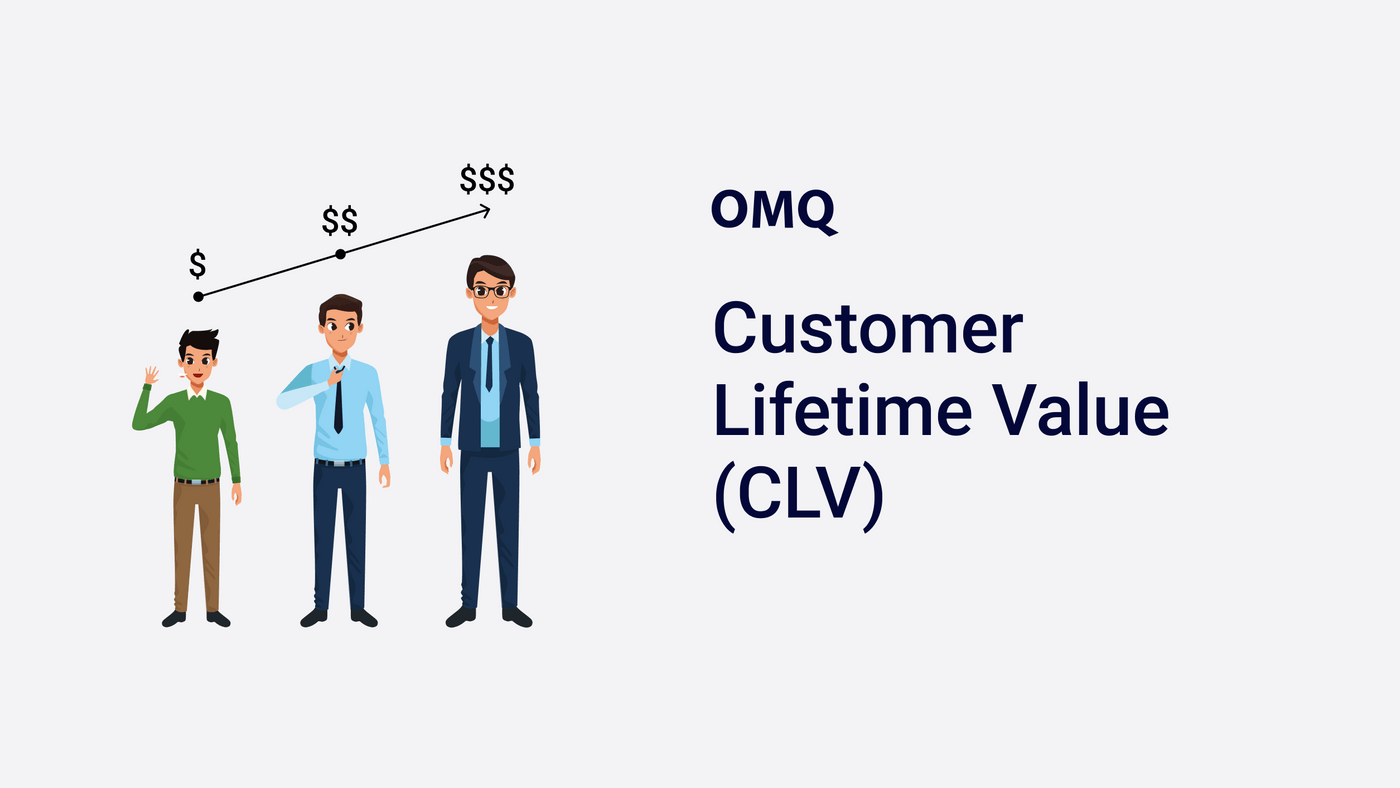
The Customer Lifetime Value (CLV) is a crucial metric that measures the total revenue potential a company can expect from a customer over the entire duration of their relationship. This figure plays a central role in understanding customer profitability and allows companies to precisely set their marketing budgets, improve their forecasts, and steer the long-term growth of the company.

Customer Life Cycle and its Components.
In a constantly changing business world where customer loyalty is gaining in importance, the CLV is an indispensable tool for any company looking to optimize its customer relationships and maximize its revenue.
- What is Customer Lifetime Value?
- Calculating Customer Lifetime Value
- Factors Influencing Customer Lifetime Value
- Strategies for Increasing CLV
- Applications and Benefits of Customer Lifetime Value
- Improving Customer Lifetime Value Through Personalized Customer Experiences
- The Role of Customer Loyalty Programs in Increasing CLV
- Customer Lifetime Value in Different Industries
- Conclusion
What is the Customer Lifetime Value?
The CLV is a metric that measures the total revenue a company can expect from a customer during the entire duration of their relationship. The calculation of the CLV is based on the average transaction size, the number of transactions, and the retention period. The CLV can be segmented by customer groups to identify high-value customers and adjust strategies accordingly.
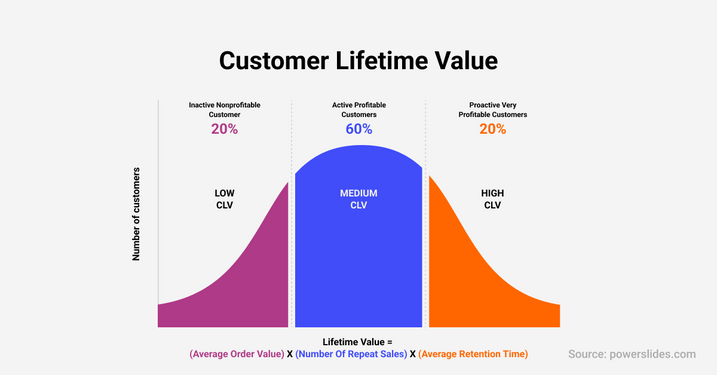
Customer Lifetime Value Graph.
Calculating Customer Lifetime Value
The calculation of the CLV is based on various factors: the average transaction size, the number of transactions, and the retention period. The basic formula is: CLV = Average Transaction Size x Number of Transactions x Retention Period.
An important aspect in calculating the CLV is segmentation by customer groups. By dividing their customers into different groups - for example, by purchasing frequency, product preferences or demographic characteristics - companies can identify high-value customers and adjust their strategies accordingly. This allows them to use their resources more efficiently and optimize their marketing and sales strategies.
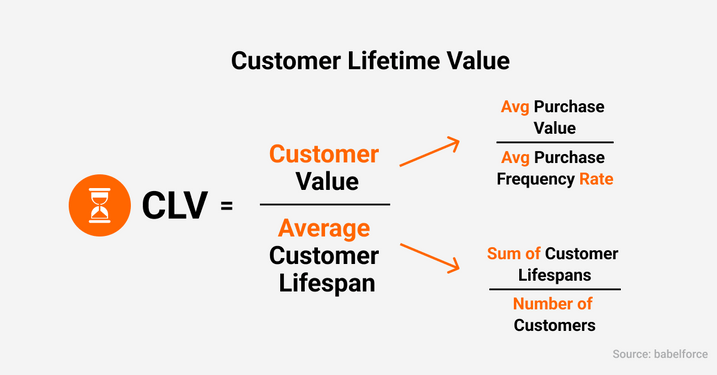
Calculation of the Customer Lifetime Value.
Factors Influencing Customer Lifetime Value
There are various factors that influence the CLV. These include customer engagement - how often they buy or interact with the company - and the quality of customer experience and service that a company provides. Also, a product’s value and a company’s pricing strategies play a role. In addition, customer loyalty measures and loyalty programs are crucial for the CLV.
Companies can apply various strategies to positively influence these factors and increase the CLV. These include the development of loyalty or reward programs to encourage repeat business, improving customer experience through personalized interactions and high-quality service, increasing the average order value through upselling and cross-selling, and extending customer lifetime by understanding and addressing reasons for customer churn.
Strategies for Increasing CLV
Companies can apply various strategies to increase the CLV. These include developing loyalty or reward programs to encourage repeat business, improving customer experience through personalized interactions and high-quality service, increasing the average order value through upselling and cross-selling, and extending the customer lifetime by understanding and addressing reasons for customer churn.
Applications and Benefits of Customer Lifetime Value
The CLV offers numerous benefits for companies. It not only helps in determining the cost of customer acquisition and optimizing marketing expenses but also provides valuable insights for better inventory and production planning. Furthermore, it supports strategic decisions to improve customer relationships and loyalty.
By focusing on the CLV, companies can concentrate on the long-term value of their customers rather than just short-term profits. This can help develop a sustainable business strategy that is based on long-term growth and customer loyalty.
Improving Customer Lifetime Value Through Personalized Customer Experiences
In today’s digital world, customers expect more than just good products or services. They are looking for personalized experiences tailored to their needs and preferences. Companies capable of providing such personalized customer experiences can significantly increase their CLV.
Personalization can take many forms, from individually tailored product suggestions to personalized marketing messages. By using data analysis and artificial intelligence, companies can gain deep insights into their customers’ behavior and preferences, using these insights to create personalized experiences that increase customer value.
The Role of Customer Loyalty Programs in Increasing CLV
Customer loyalty programs are another effective means of increasing the CLV. Such programs reward customers for their loyalty and encourage repeat business. They can be designed in the form of discounts, reward points, or exclusive offers.
A well-designed customer loyalty program can help increase customer loyalty, boost the average order value, and extend the customer’s lifetime - all factors that contribute to increasing the CLV.
Customer Lifetime Value in Different Industries
The CLV varies significantly between different industries. In industries with high transaction values and long customer retention periods, such as SaaS, automotive, and consulting, the CLV is typically higher. In other industries, such as retail, the CLV may be lower but still plays an important role.
Regardless of the industry, it is important for every company to understand the CLV and develop strategies to maximize this value. Only then can companies increase their profitability and secure long-term growth.
Conclusion
The Customer Lifetime Value (CLV) is a dynamic metric that helps companies assess and enhance the lifetime value of their customer relationships. By focusing on the CLV, companies can make informed decisions that lead to increased profitability and growth over time. In an increasingly competitive business world, it is essential for companies to fully exploit the value of their customer relationships. The CLV provides a powerful tool for maximizing customer value and boosting business success.

